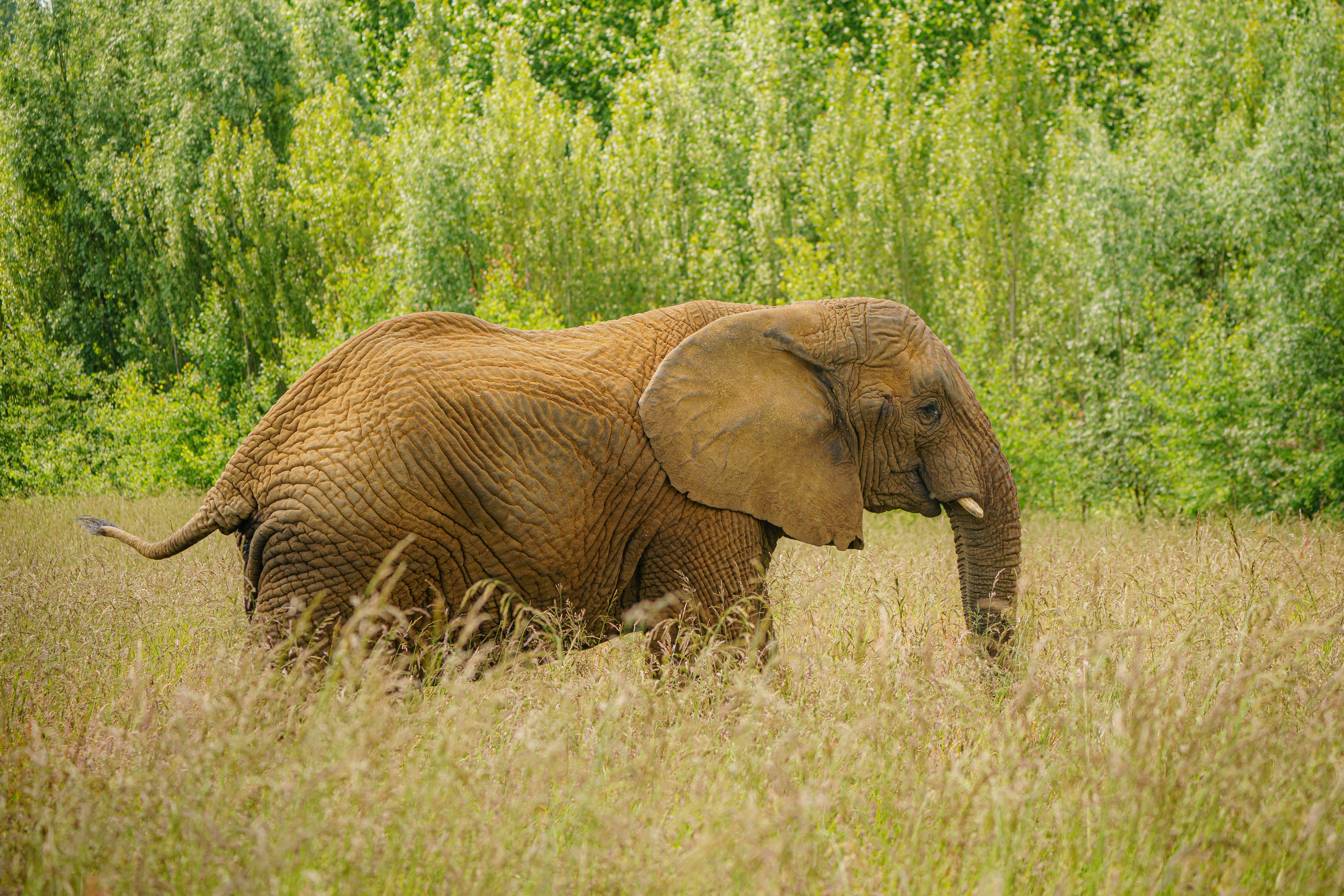Large animals travel more slowly because they cannot keep cool – study
How far an animal can travel dictates where – and how far – it can migrate, find food, mate and spread into new territories.

Large animals like elephants travel more slowly because they can not keep cool, a study has suggested.
Whether an animal is flying, running or swimming, its travelling speed is limited by how effectively it sheds the excess heat generated by its muscles, researchers found.
How far an animal can travel dictates where – and how far – it can migrate, find food, mate and spread into new territories.
This becomes even more challenging in a human-dominated world with increasingly fragmented habitats and limited food and water resources under climate change, the study suggested.
The new study provides a way to understand animal movement capacities across species and can be used to estimate any animal’s travelling speed based on its size
Alexander Dyer, from the German Centre for Integrative Biodiversity Research (iDiv) and the Friedrich Schiller University Jena, and colleagues developed a model to look at the relationship between animal size and travelling speed.
They used data from 532 species.
While larger animals should be able to travel faster due to their longer wings, legs or tails, the researchers found medium-sized animals typically have the fastest sustained speeds.
According to the scientists, this is due to the fact that larger animals require more time to get rid of the heat their muscles produce while moving so they must travel more slowly to avoid overheating.
The team concluded that any animal’s travelling speed can be explained by jointly considering how efficiently it uses energy and sheds heat.
Mr Dyer said: “The new study provides a way to understand animal movement capacities across species and can be used to estimate any animal’s travelling speed based on its size.
“For example, this approach can be applied to predict whether an animal might be able to move between habitats fragmented by human development, even when the details of its biology are unknown.”
Last author Dr Myriam Hirt from iDiv and the University of Jena, added: “We anticipate that large animals are potentially more susceptible to the effects of habitat fragmentation in a warming climate than previously thought and therefore more prone to extinction.
“But this needs further investigation.”
The findings are published in the Plos Biology journal.
Bookmark popover
Removed from bookmarks